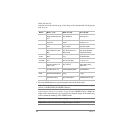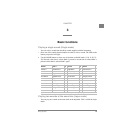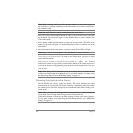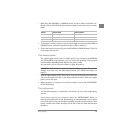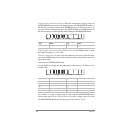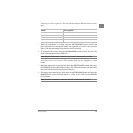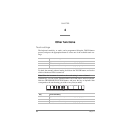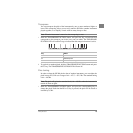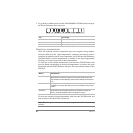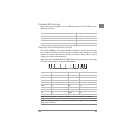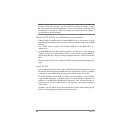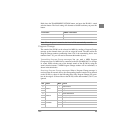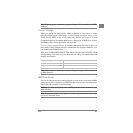
20 Chapter 4
2 To get back to standard pitch, hold the TRANSPOSE/FUNCTION button and press
the B5 and C6 buttons at the same time.
Selecting a temperament
There are numerous classical compositions that were composed using tempera-
ments that differ from the “equal temperament” commonly used today.In order to
reproduce the original sound of such compositions, the SP-200 provides Kirnberger
and Werckmeister classical temperaments, in addition to the equal temperament,
allowing you to select from a total of three temperaments.
To select one of the available temperaments, hold down the TOUCH button, then
press the button corresponding to the desired temperament. To return to the equal
tuning hold down the TOUCH button, then press the sound selection button whose
LED is lit.
To check the currently selected temperament, hold down the TOUCH button, and
look at which of the above LEDs is turned on.
Note: When the power is turned on, the equal temperament will be automatically
selected.
Key Fine tuning
B5 Lowers the pitch by 0.5 Hz
B5+C6 Standard pitch (A4 = 440 Hz)
C6 Raises the pitch by 0.5 Hz
Button Temperament
HARPSI/CLAV Werckmeister. This is the Werckmeister III scale invented by Andreas
Werckmeister, the German organist and music theoretician. This scale
was created in the later Baroque period to allow relatively free transposi-
tion.
VIBES/GUITAR Kirnberger. This is the Kirnberger III scale invented by Johann Phillip
Kirnberger in the early 18th century, and is used mainly for tuning harpsi-
chords.
Both LEDs
turned off
Equal temperament. Nearly all keyboard instruments today use equal
temperament. This temperament spaces all semitones at equal dis-
tances, and allows identical scales to be played in any key.



